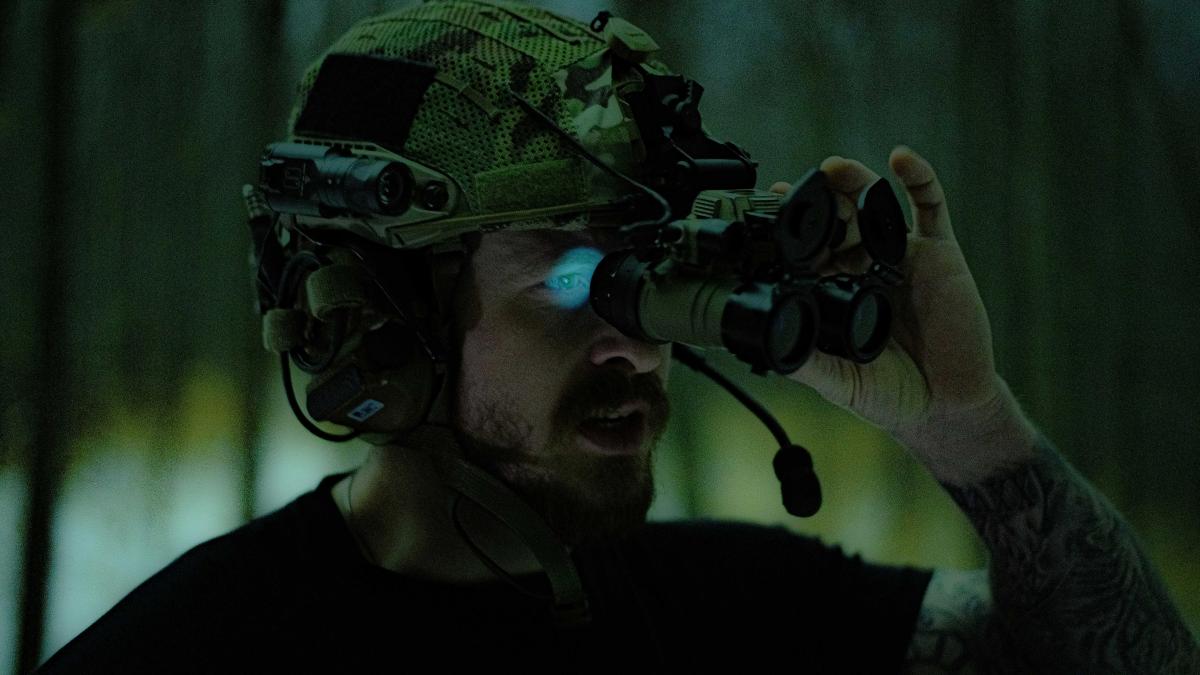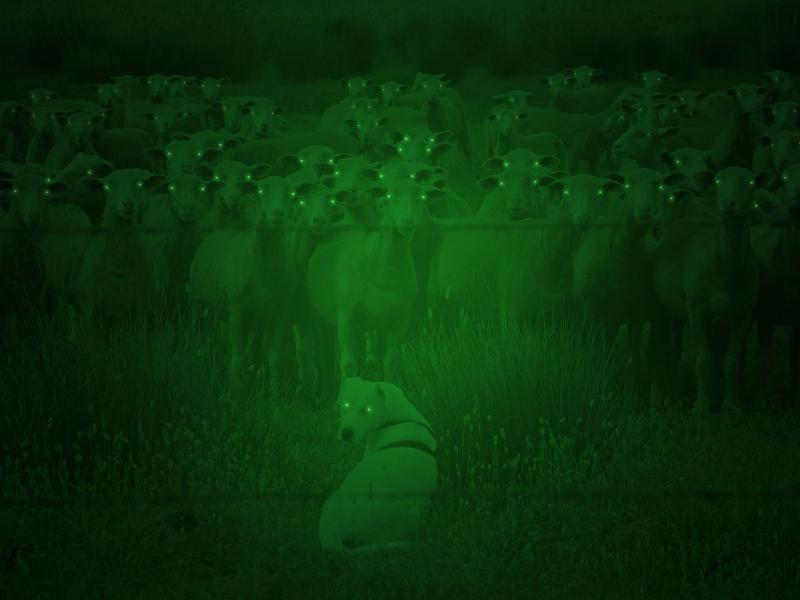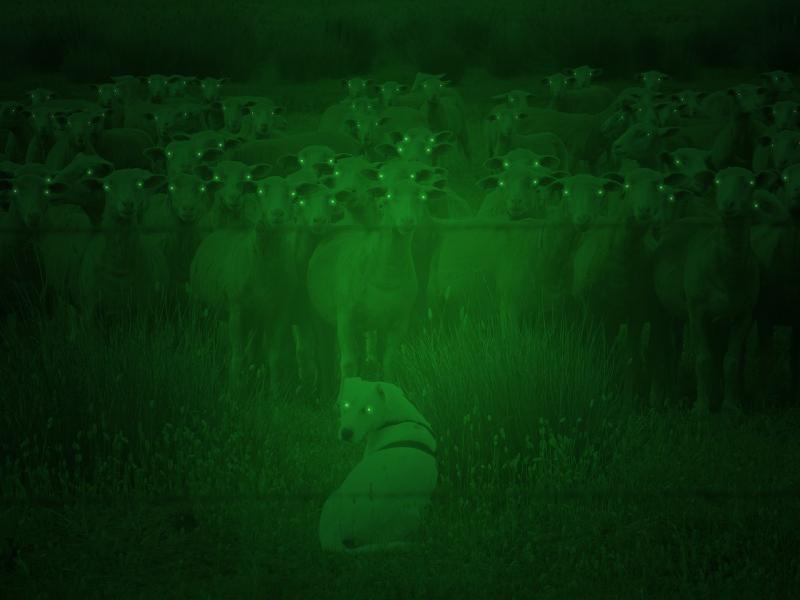Night vision technology has come a long way since its inception. Early models were bulky and offered limited visibility in low-light conditions. Today, advancements in optics and electronics have led to the creation of compact, lightweight devices that provide enhanced clarity and depth perception at night. This transformation has made night vision gear more accessible for both military and civilian use, allowing a broader range of applications from wildlife observation to search and rescue missions.
One of the most significant advancements in this field is the development of digital night vision. Unlike traditional analog systems, which amplify available light, digital night vision uses sensors to convert low-light images into digital data. This technology not only improves image quality but also allows for features like video recording and real-time streaming. Users can now capture high-definition footage in complete darkness, making it easier to document their adventures or monitor areas of interest.
Another innovation is the integration of thermal imaging capabilities alongside traditional night vision. Devices that combine these two technologies can detect both heat signatures and ambient light, providing a comprehensive view of the surroundings. This is particularly useful in search and rescue operations, as it enables users to locate missing persons based on their body heat, even through obstacles like foliage or walls. The fusion of these technologies represents a significant leap forward in situational awareness and safety.
Moreover, advancements in battery technology have increased the operational longevity of night vision devices. Modern lithium-ion batteries offer extended usage times and quicker recharge capabilities, ensuring that users can rely on their gear in critical situations. With these improvements, adventurers and professionals can now stay in the field longer, confident that their equipment will perform when needed most.
Benefits of Modern Night Vision Devices
Modern night vision devices have revolutionized the way we see in the dark. Gone are the days of bulky goggles and grainy images. Today’s technology offers enhanced clarity and a plethora of features that make navigating low-light environments easier and more effective than ever.
One of the most significant benefits of these advanced night vision devices is their improved resolution. With high-definition sensors and sophisticated image processing, users can enjoy crystal-clear views in complete darkness. This enhanced visibility is essential for various activities, from wildlife observation to security operations, giving users the confidence to explore at night.
Another major advantage is the lightweight and compact design of modern devices. Many models are portable and user-friendly, allowing enthusiasts and professionals alike to carry them easily on their adventures. Whether you're hiking, hunting, or participating in tactical exercises, these sleek devices can seamlessly integrate into your gear without weighing you down.
Moreover, contemporary night vision technology often includes features like built-in infrared illuminators and digital displays. These additions enable users to see in total darkness and provide options for recording or sharing experiences. This functionality enhances the overall user experience, making it more interactive and engaging.
Lastly, the affordability of modern night vision gear has increased accessibility for a broader audience. With numerous options available at various price points, more people can take advantage of these advanced devices. As technology continues to improve, the future of night vision gear looks brighter, promising even more exciting features for explorers of the night.
Practical Applications for Night Vision Gear
Night vision gear is not just for the military anymore; it has found a variety of practical applications across different fields. One of the most significant areas where night vision technology excels is in law enforcement. Police departments utilize night vision goggles and cameras to conduct surveillance operations during nighttime. This enhanced visibility allows officers to monitor situations and gather critical evidence without being detected, improving safety for both officers and the community.
Another fascinating application of night vision gear is in wildlife observation and research. Biologists and wildlife enthusiasts can explore natural habitats after dark without disturbing the animals. This allows for a better understanding of animal behaviors that only occur at night. By using night vision scopes, researchers can collect data and monitor endangered species, contributing valuable information for conservation efforts.
Moreover, night vision technology is making its way into recreational activities like camping and hiking. Outdoor enthusiasts are increasingly turning to night vision tools for night hikes or stargazing. With these devices, campers can navigate through dark trails, set up their campsites, or simply enjoy the wonders of nature under the stars. This added layer of safety and adventure opens up new possibilities for exploring the great outdoors.
Finally, the burgeoning field of home security also benefits from night vision technology. Many homeowners are now investing in night vision security cameras that can operate in complete darkness. These cameras provide peace of mind, allowing homeowners to monitor their property at all hours. The ability to clearly see potential threats at night enhances security measures and ensures that families feel safe in their own homes.
Choosing the Right Night Vision Equipment
When it comes to exploring the world of night vision gear, choosing the right equipment is essential for maximizing your experience. With numerous options available on the market, it can be overwhelming to determine which device suits your specific needs. Whether you’re an outdoor enthusiast, a wildlife observer, or involved in security and surveillance, understanding the different types of night vision equipment will help you make an informed decision.
First, consider the different generations of night vision technology. Generation 1 devices are typically the most affordable, offering basic night vision capabilities suitable for casual use. Generation 2 models provide enhanced clarity and performance, making them popular among more serious users. Meanwhile, Generation 3 and 4 devices are at the cutting edge, boasting superior image quality and sensitivity in low-light conditions. The choice between these generations will largely depend on your budget and intended application.
Next, think about the features that matter most to you. Do you need a headset for hands-free operation, or are you looking for a compact monocular that easily fits in your pocket? Many users also value additional functionalities like infrared illuminators or digital recording capabilities. Evaluating these features in relation to your specific activities will guide you toward the best option for your night vision needs.
Finally, consider the weight and durability of the equipment. If you plan to hike or engage in outdoor activities, lightweight models might be your best bet. On the other hand, if your primary focus is on security or surveillance, sturdiness and resistance to weather conditions could take precedence. Assessing the environments in which you'll use your night vision gear will ensure you select a product that can endure the conditions you're likely to face.



